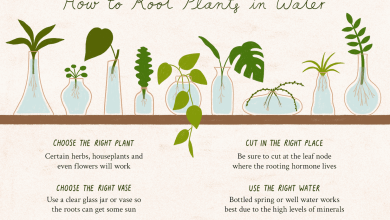The Berberis: [Care, Planting, Irrigation, Substrate and Pests]
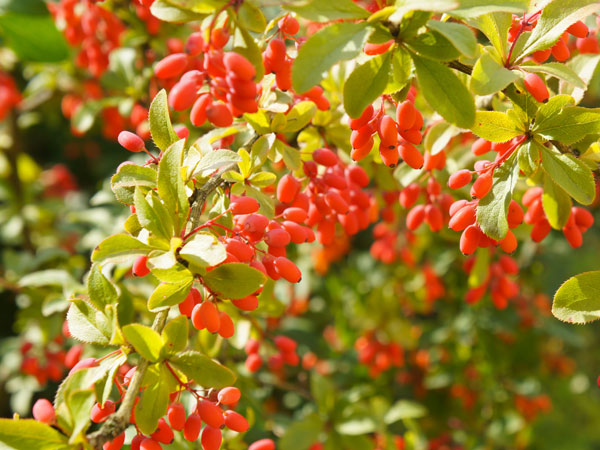
The Berberis is an ornamental plant with red flowers at the base and yellow petals.
They are a species that adapts well to temperate and even hot climates, but which in turn can withstand frost.
Due to its size, it is an ideal option to have anywhere, be it the terrace, a balcony or directly in the garden.
Do you want to have a copy of these at home? Well, you need to know everything to take good care of it and here we tell you step by step.
Important points when sowing Berberis
- When? In spring.
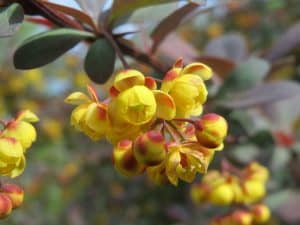
- Where? Outdoors, in full sunlight or semi-shade.
- How do we prepare the land? With abundant organic matter and a good plough.
- How should we water? By drip.
- How often do you have to water? In summer, up to four times a week. At other times, once a week.
- What pests and diseases do they have? The main ones are aphids and anthracnose.
Berber Characteristics
Mushrooms or Agaricus bisporus (scientific name) is the fruit of a fungus that, naturally, cannot be seen with the naked eye.
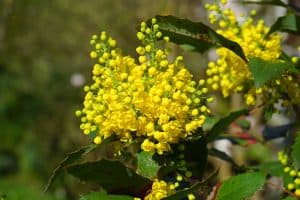 In general, there are two types of stems: the long ones that help the plant at a structural level and the short ones that give it a leafy appearance.
In general, there are two types of stems: the long ones that help the plant at a structural level and the short ones that give it a leafy appearance.
Leaves are produced on all stems, but only the short stems carry out photosynthesis. These stems often have spines, so care should be taken when caring for them.
Its flowers vary in yellow, red and orange colors, always appearing in spring.
It also produces edible fruits in red or blue color and from its interior come the seeds.
The flowers can be seen in small clusters or alone depending on the type of Berberis in question.
Where should we plant berberis?
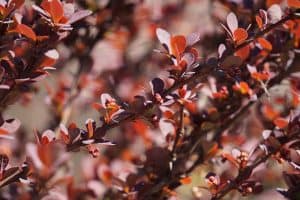 Sunlight is essential for all Berberis species, so outdoors is the best place to locate them.
Sunlight is essential for all Berberis species, so outdoors is the best place to locate them.
They may do well in partial shade, but a few hours of sun each day is mandatory for their growth and good health.
As for the characteristics of the land, if they are in pots, the universal substrate will be more than enough.
In the case of garden soil, it is best to work with neutral pH soils.
Likewise, it is necessary to ensure that it has good drainage and a limestone structure.
It is important that it also has a good amount of nutrients.
When should berberis be grown?
In spring, although the seed stratification process can start in winter.
How do we prepare the land?
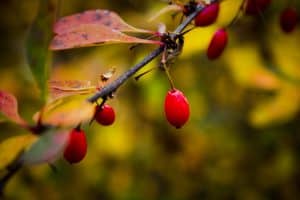 The land must be prepared before the final planting of the specimen with abundant organic matter to absorb nutrients.
The land must be prepared before the final planting of the specimen with abundant organic matter to absorb nutrients.
It is also a good idea to carry out a previous plowing to ensure the looseness of the land at the time of sowing.
Subsequently, once a year a furrow can be opened around the base of the bush to add organic matter, such as homemade organic matter such as homemade compost.
How to sow berberis step by step?
The reproduction of the Berberis can be carried out through two mechanisms: by means of seeds or by cuttings.
Reproduction by seeds
- As we have already seen above, the Berberis produce a fruit with seeds and these will be the ones that we will use for their reproduction.
- The process is a bit lengthy through this route, but it’s worth it. The first thing will be to use a container with a lid and place universal substrate.
- Inside it, the seeds will be buried, we will add some sulfur to prevent fungi from forming and we will moisten.
- This container will go directly to the fridge where it gets cold but does not freeze and will stay there for approximately 3 months.
- It is important that each week the container is removed, freed from the lid to allow air to circulate and moisten a little.
- At the end of this process, the seeds will be transferred to a seedbed with substrate, placing it in semi-shade until they germinate.
- Both the sowing in the seedbed and the transplant to the garden or pot will have to be done in spring.
Reproduction by cuttings
The reproduction by cuttings of the Berberis is usually much simpler because it will only consist of taking a stem that has leaves and burying it in a pot.
This pot will have to be worked with vermiculite to offer it the best environment and promote root growth.
What care does the berberis need?
Irrigation
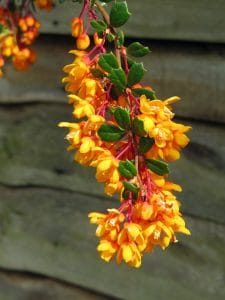 Irrigation is one of the main points in which we will have to pay attention with the Berberis.
Irrigation is one of the main points in which we will have to pay attention with the Berberis.
They need constant humidity, being possible about 3 times a week when it is the summer season and the weather is very hot.
The rest of the year, once a week will be more than enough, depending on the texture of the soil.
It is important that during the irrigation time the leaves are not moistened, but that the water is provided directly at the base of the plant.
the fertilizer
It will be necessary to fertilize with some frequency in the spring and summer months so that the flowers appear abundant and with a good appearance.
It is best to use organic fertilizers so that they transfer nutrients better and do not cause secondary damage.
pruning
Pruning is not essential but can be used to remove stems that are bothering in some way or that are in poor condition.
What pests and diseases does it have?
One of the pests that most attacks Berberis is the aphid and, in terms of diseases, anthracnose.
In both cases there is a weakening of the plant that must be treated with fungicides to ensure its prompt improvement.
Anthracnose also generates spots on the leaves that lead to the plant losing its leafy characteristics.
Berberis plants are a good plan for those who are starting out in the world of home cultivation, but also for the most experienced. Due to the fact that they need very little care and offer a very beautiful detail to the environment, they have become one of the most common plants in gardens.
verticillium wilt
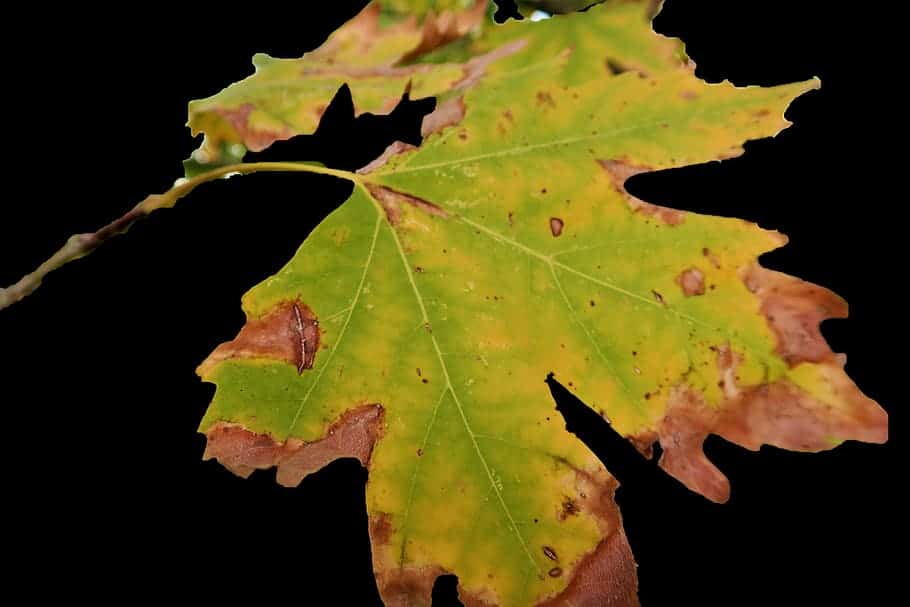 Verticillium or Verticillium wilt is a common soil fungus that thrives in temperate climates around the world and can be present in the soil for decades.
Verticillium or Verticillium wilt is a common soil fungus that thrives in temperate climates around the world and can be present in the soil for decades.
Verticillium wilt overwinters in the soil as dormant mycelium or tiny dormant black structures called microsclerotia, waiting for favorable conditions to return.
They enter damaged plant tissue through the roots and multiply. Many common weeds, such as dandelions and weeds, can be Verticillium host species.
Verticillium wilt is a disease that affects more than 350 species of eudicolous plants. It is caused by six species of Verticillium fungi: Verticillium dahliae, Verticillium albo-atrum, Verticillium longisporum, Verticillium nubilum, Verticillium theobromae, and Verticillium tricorpus.
Many plants with significant economic weight are susceptible, such as cotton, tomatoes, potatoes, oilseed rape, aubergines, peppers, and ornamental plants, as well as others in natural vegetation communities.
Many species and cultivars of eudicots are resistant to the disease, and all monocots, gymnosperms, and ferns are immune. To know more: Verticillium wilt in the Orchard: What is it? How do we identify it?

![Photo of Plant a Laurel: [Dates, Soil, Irrigation, Pests and Diseases]](https://www.complete-gardening.com/wp-content/uploads/2022/08/plant-a-laurel-dates-soil-irrigation-pests-and-diseases-390x220.jpg)
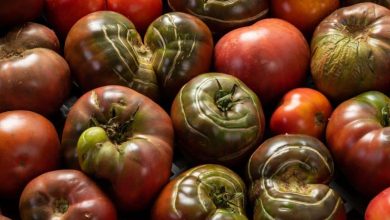
![Photo of Digital Black: [Cultivation, Irrigation, Care, Pests and Diseases]](https://www.complete-gardening.com/wp-content/uploads/2022/08/digital-black-cultivation-irrigation-care-pests-and-diseases-390x220.png)
